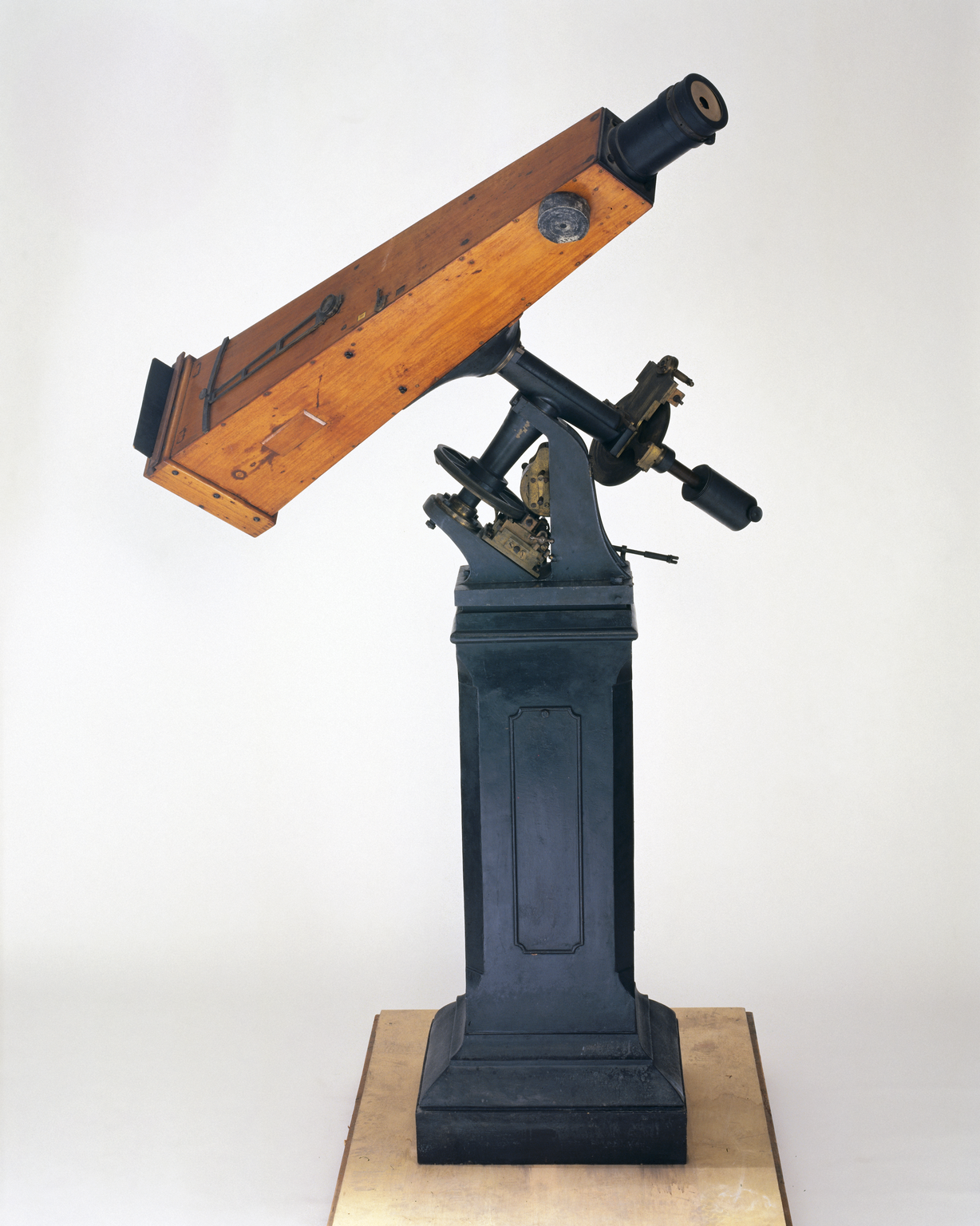As the Sun is eclipsed, mysterious red flames burn brightly at the edge of the Moon. What are these ‘prominences’? Where do they come from? Why can they only be seen during a total eclipse of the Sun? Setting sail in the borrowed Royal Navy troopship HMS Himalaya, the chemist, astronomer and gentleman-adventurer Warren de La Rue (1815-1889) had these questions in mind. The date was 7 July 1860, eleven days before the most important solar eclipse of the nineteenth century.

His mission: to settle one of the most hotly (no pun intended) debated astronomical questions of the day: what are the mysterious, tentacular limbs that appear beyond the edge of the Moon during an eclipse? Are these prominences features of the Moon? Are they disturbances from within the Earth’s atmosphere? Or are they a part of the Sun normally obscured by its dazzling glare?
As the eclipse-hunter de la Rue sailed out from Plymouth Harbour, he knew he had the best chance yet of answering these questions, for he had a powerful new tool at his disposal – the Kew photoheliograph.

Half telescope, half camera, and designed by de la Rue himself, it was the first instrument made specifically to photograph the Sun. This was also the first occasion where its use might allow a scientific problem in astronomy to be resolved using photography.
Armed with his new device, an entire photographic laboratory – four assistants, interpreters and porters – along with the staffs’ wives, children and a sense of Victorian scientific purpose, de la Rue sailed through the Bay of Biscay to Bilbao in Northern Spain. Continuing to the small Basque Country village of Rivabellosa, the party set up their observatory, their flat-pack photo studio and their camp, and waited.
A cloudy sky on the morning of 18 July 1860 threatened to scupper the whole expedition, but fortunately the skies cleared just in time. With the Kew photoheliograph in position and poised for action, the edge of the Sun started to disappear behind the Moon.

De la Rue and his team took over 40 photographs, including two precious shots of totality. With an exposure time in these dimmed conditions of one minute, they were lucky to capture even one.
For the first time in history, and in de la Rue’s own words, these precious photographs ‘depicted the luminous prominences with a precision as to contour and position impossible of attainment by eye observations’. Here, then, was the breakthrough. Never before had humans seen these strange and beautiful features with such accuracy.
But the question still remained: were these of terrestrial, lunar or solar origin? In other words, were they part of the Earth’s atmosphere, something around the edge of the Moon, or did they emanate 93 million miles away from the Sun itself? A relatively simple way to settle the matter would be to compare photographs of the eclipse from two different locations. If prominences were Earth or Moon-based, the observations from different sites ought to differ, but if prominences were solar in origin, they should match.

Happily, an Italian Jesuit astronomer named Father Angelo Secchi had established his own observation post a few hundred miles to the south, and he managed to capture some half-decent shots of his own of the Sun at eclipse. Not as clear as those taken using the Kew photoheliograph, these images were just sufficient for the job. By comparing his own shots with those of Secchi’s, de la Rue established that the features observed were identical on each.
The greatest astronomical question of the age had been answered – the prominences were indeed features of the Sun. Moreover, the solution had come from photography.
De la Rue and the Kew photoheliograph had shown that luminous prominences invisible to the naked eye could be captured in photographs – setting the standard for all future devices. Since the famous eclipse expedition of 1860, photography has been the primary tool of astronomers as they seek to unravel the secrets of our nearest star.
The Kew photoheliograph and the photographs it took were recently on display in our exhibition The Sun: Living With Our Star, which ran from 6 October 2018 – 6 May 2019. Learn more about humanity’s relationship with our nearest star in this blog series.
Find out more about the history of observing the Sun on the Science Museum website.